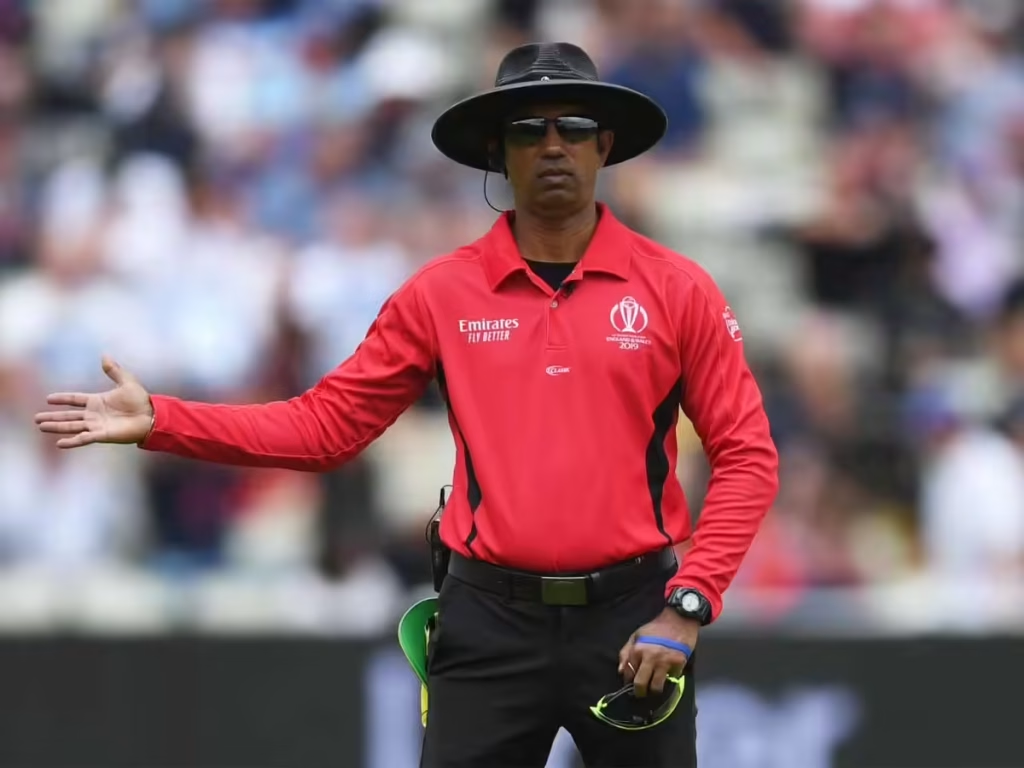What are Extras in Cricket? The Five Types of Runs Not Scored Off the Bat
Extras in cricket, also known as sundries, are a fundamental concept in cricket scoring. They are defined as runs added to the batting team’s total score that are not scored off the bat of the striking batter. Extras are often accumulated due to bowling errors, fielding errors, or player misconduct. Understanding these five distinct types of extras is essential, as they can sometimes account for a significant portion of a team’s total and significantly influence the match result.

List of Extras in Cricket
1. Byes: Runs Scored Off No Contact
A Bye is awarded when the batsmen successfully complete a run after the ball has passed the striker without touching the bat or any part of the striking batter’s body or equipment.
- Circumstance: Byes typically occur when the wicket-keeper fails to gather the ball cleanly, allowing it to travel into the outfield.
- Scoring: Batters score byes by running physically between the wickets. If the ball reaches the boundary rope, four Byes are immediately added to the team’s total.
- Statistical Impact: Byes are awarded to the batting team’s total score but are not debited to the bowler’s figures (as the bowler delivered a legal ball). They are generally seen as a missed opportunity or error by the wicket-keeper or other fielders.
2. Leg Byes: Runs Scored Off Body Contact
A Leg Bye is awarded when the batsmen successfully complete a run (or the ball reaches the boundary) after the ball has struck the striking batter’s body or protective gear, but not the bat or the hand holding the bat.
- Intent Requirement: A crucial condition applies to Leg Byes: the umpire must be satisfied that the batter was either attempting to play a shot or trying to avoid being hit by the ball. If the batter is judged to have made no attempt to do either, no Leg Bye runs can be awarded, and the umpire calls Dead Ball.
- Scoring: As with Byes, runs are scored by physically running, or four Leg Byes are awarded if the ball reaches the boundary.
- Umpire Signal: The umpire signals a Leg Bye by raising one leg and tapping the raised knee or thigh with one hand.
- Statistical Impact: Like Byes, Leg Byes are added to the team’s total but are not debited to the bowler’s figures.
3. No-Balls: Penalty Runs for Illegal Deliveries
A No-Ball is an illegal delivery that results in a penalty run being awarded to the batting team due to a technical error committed by the bowler or a fielding infringement.
- Common Causes: No-balls are most commonly called when the bowler’s front foot lands completely in front of the popping crease during the delivery stride, or if the bowler delivers a full toss that passes the batter at above waist height (Beamer), which is deemed dangerous.
- Penalty: One run (or sometimes two runs in specific limited-overs tournaments) is immediately added to the batting total. The delivery does not count towards the over, meaning the bowler must re-bowl.
- Statistical Impact: No-Ball penalty runs are debited to the bowler’s figures. Furthermore, in Limited Overs Cricket, a No-Ball also results in a Free Hit on the subsequent delivery, significantly increasing the batsman’s scoring opportunity.
4. Wides: Penalty Runs for Unreachable Deliveries
A Wide Ball is another form of illegal delivery that results in a penalty run, awarded when the ball is judged to be outside the reach of the striker, preventing them from playing a standard shot.
- Circumstance: The umpire determines the ball is too wide of the stumps (or too high) for the batter to reach, based on their normal batting stance. The laws on Wides are typically stricter in Limited Overs Cricket than in Test matches.
- Penalty: One run is immediately added to the batting total, and the ball does not count towards the over, requiring a re-bowled delivery.
- Scoring: If the batsmen run on a Wide, or the ball reaches the boundary, those additional runs are recorded as Wide runs (e.g., “three Wides,” “five Wides”), not Byes.
- Statistical Impact: Wide runs are debited to the bowler’s figures.
What is a Duck in Cricket? Types of Ducks – from Golden Duck to Platinum
5. Penalty Runs: Runs for Unfair Play and Misconduct
Penalty Runs are awarded to the opposing team—most often five runs—when a player or team infringes the Laws of Cricket relating to Unfair Play, fielding violations, or misconduct.
- Common Causes (to Batting Team): Awarded for infractions by the fielding side, such as ball tampering, a fielder illegally stopping the ball using equipment (e.g., a loose helmet), or fake fielding (deliberately deceiving the batters).
- Common Causes (to Fielding Team): Awarded for infractions by the batting side, such as the batters deliberately wasting time, or deliberately damaging the pitch after a warning.
- Conduct Penalties: Penalties are also awarded for severe breaches of the ICC Code of Conduct, ranging from excessive appealing to threatening an umpire.
- Statistical Impact: Penalty runs are not debited to the bowler’s figures; they are simply added to the opposing team’s total score.
These five types of extras underscore the importance of discipline for the bowling side and the role that the wicket-keeper and fielders play in minimizing runs conceded, as every run, regardless of its source, contributes to the final match result. Sources

Rivcky John
A prominent figure in sports journalism for the last two decades. Cricket Analyst & Writing News, Features, Match Previews/Reviews/Reports, And Opinion Pieces on Cricket. You can connect with him on Facebook also.
